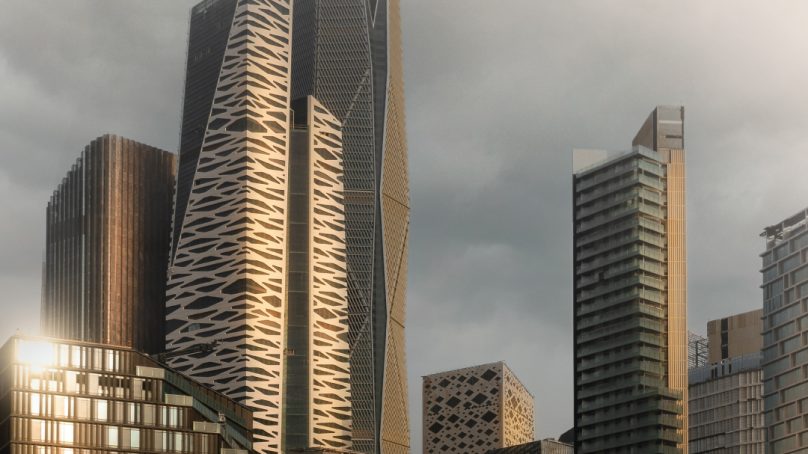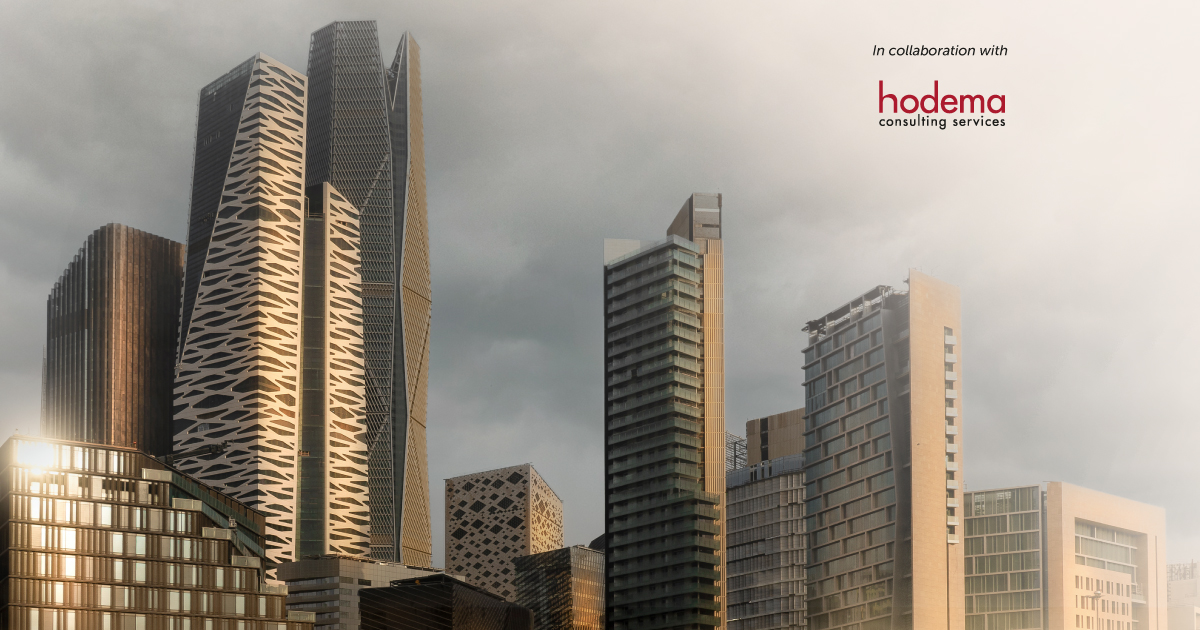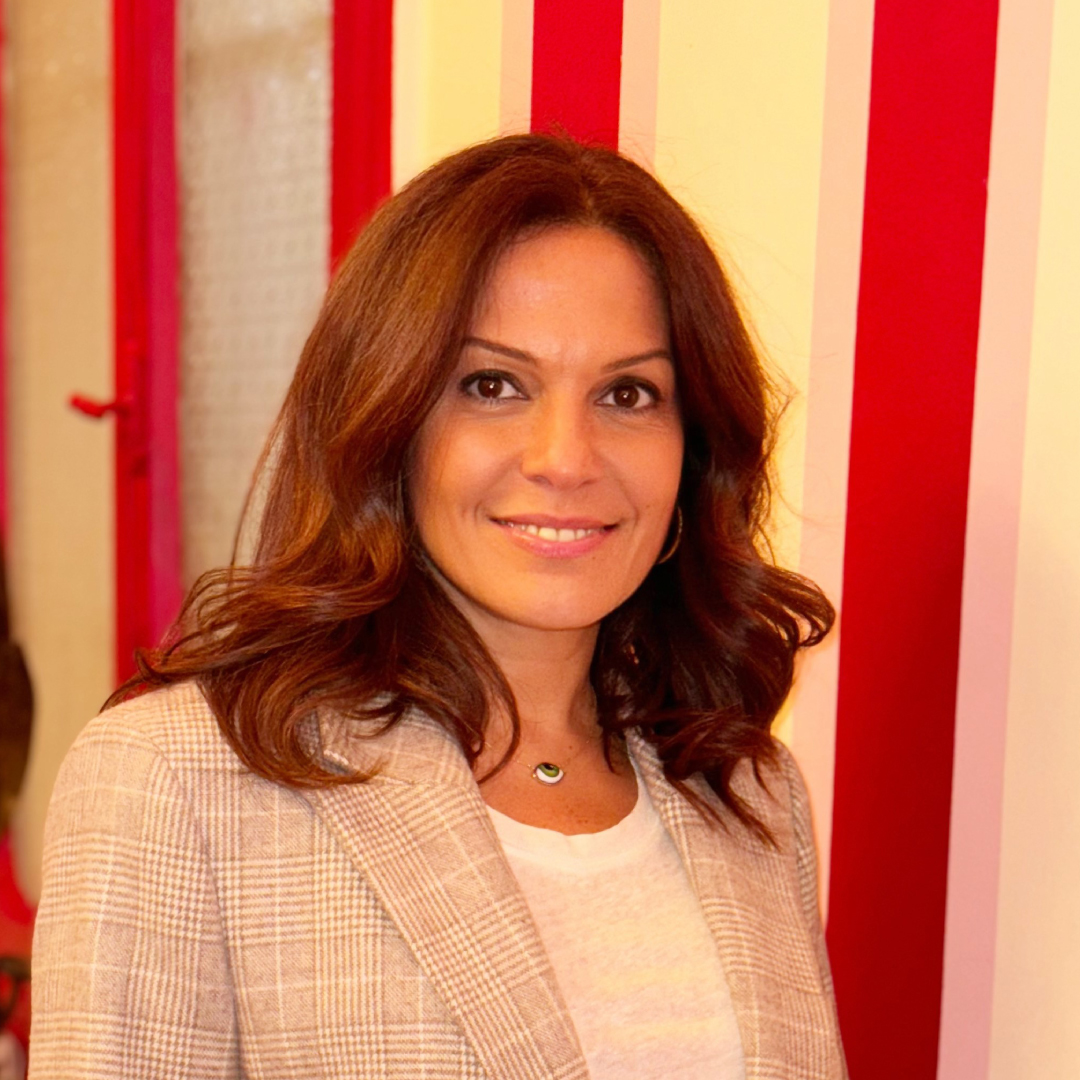

A challenging backdrop in Saudi Arabia
Growth in the Kingdom’s non-oil and private sectors reached just 2.8 percent in Q1 2024, weighing on GDP, which contracted for a third consecutive quarter.
In the first four months of 2024, GDP decreased 1.8 percent in a year-on-year (y-o-y) comparison, according to the General Authority for Statistics, pushed down by cuts to petroleum activities, which fell 10.6 percent. Lower crude prices at the end of 2023, meanwhile, also impacted the economy’s performance.
Against this backdrop, the IMF lowered its growth forecast for 2024 from 2.7 to 2.6 percent. However, on a more positive note, it said it still expects GDP to reach an estimated 6 percent in 2025.
Oil remains a key disruptor in the mix. The Gaza conflict has pushed barrel prices up, while OPEC is predicting growth in demand this year. However, prices haven’t yet reached the USD 96 mark that the country needs to balance its budget. In the meantime, and with signs that the projected budget deficit could reach 70 billion riyals in 2024, the finance minister announced delays in May to some of the Kingdom’s mega development plans, although no specifics were given.
Additional funding sought in Saudi Arabia
Faced with this situation, the authorities are turning to debt to boost spending and keep the domestic economy afloat. The Public Investment Fund (PIF) has already raised billions through the sale of bonds and Aramco has announced similar plans.
This search for alternatives to petrodollars is key for the Kingdom, since several mega projects, requiring billions in investments, are already under development. Officials are still actively seeking new partners to cover costs and meet deadlines. The leading venture is the futuristic city of Neom, which could cost up to USD 500 billion. In May, Neom secured a revolving credit facility worth USD 2.67 billion from local creditors, not long after the Ministry of Economy denied rumors that the Kingdom was scaling back its initial plans for the mega project.
Developments open their doors
The Red Sea Project, with its ambitious touristic infrastructure covering more than 20 islands, is facing challenges of a different type. Its location in the Tabuk area, close to one of the world’s busiest shipping routes, has been affected by political instability. However, the project is still expected to become the Kingdom’s top touristic destination when it opens in 2030, with up to 8,000 hotel rooms planned across 50 establishments, as well as 1,000 residential properties. The Saudi authorities have announced that it could contribute USD 5.3 billion annually to the country’s revenues. Other developments include the inland Six Senses Southern Dunes and the seaside St Regis Red Sea, which are already open. The Red Sea International Airport has started operating local flights and a seaplane company is providing a shuttle between the islands. The latest to start operations
is Nujuma, a Ritz-Carlton Reserve which takes guests to private island retreats. Other international names, such as Four Seasons, Rosewood, Grand Hyatt and SLS, are also developing their own resorts. The first phase of the overall project should be completed in 2025.
Spotlight on sports and entertainment in Saudi Arabia
Qiddiya, 40 minutes away from Riyadh, is a large complex designed to become the future Saudi capital of entertainment, sports and culture. It will include parks, attractions and sports and cultural venues. Many components have yet to be announced, but we already know that there is going to be a new futuristic F1 racing track, the Speed Track, which will be suspended 20 stories above ground and is set to replace the Formula 1 Jeddah Street Circuit by 2027. Other much talked-about attractions include the first Dragon Ball theme park and mega water park, Aquarabia. Saudi Entertainment Ventures (Seven) and Qiddiya Investment Company (QIC) are joining forces to develop several other entertainment destinations, ranging from arcade venues, rides and virtual reality areas to bowling, cinemas, retail and F&B outlets. Seven is also working on a new complex in Al Madinah. Another highly anticipated project is The Rig, which takes inspiration from the country’s history of oil rigs. Located 40 km away from the shoreline, the USD 5 billion development will include three hotels, 11 restaurants, an adventure park and helipads.
The Saudi authorities are also looking for funds and partners for the New Murabba initiative, a mixed-use program in downtown Riyadh. The focal point will be the Mukaab, advertised as one of ‘the largest built structures in the world,’ standing at 400 meters in height, width and length. The project is still in the excavation stage.
Record tourism demand in Saudi Arabia
In the meantime, Saudi Arabia continues to reap the rewards of its unprecedented move to open its borders to international visitors a couple of years ago. In 2023, the country welcomed 27 million foreigners and registered 77 million domestic tourists. The Central Bank announced record spending by international visitors of nearly USD 36 billion in 2023, up 42.8 percent y-o-y. The authorities’ ‘Quality of Life’ program led to the creation of 925,000 jobs last year in the tourism sector alone.
Demand has already reached an all-time high in 2024, despite external challenges remaining. The number of international visitors entering the Kingdom surpassed 3 million each month in the first quarter. Domestic tourism also remains strong, according to Almosafer travel platform, and there is more to come.
Summer campaign underway in Saudi Arabia
The government recently launched its 2024 campaign ‘Saudi Summer is Next Door,’ putting the spotlight on seven cultural, natural and historic destinations: Aseer; Al Baha; Tai; The Red Sea; Jeddah; Riyadh; and AlUla. The campaign offers deals and packages for traveling, lodging, food and beverage, and shopping. Highlights include the return of Jeddah Season and the launch of Asher Season festivals. Esports competitions and boxing matches will also be held in Riyadh and Jeddah. In a separate development, the authorities are also facilitating visa procedures for international visitors, opening the eVisa system to 66 nationalities and reducing its price by 20 percent. Under the system, GCC residents are able to obtain multi-entry permits. In terms of hospitality, Saudi Arabia continues to extend its hotel offering, with 25,000 new hotel rooms announced this year, bringing the total to an expected 320,000 by 2030.

Nada Alameddine
Managing Partner
Hodema Consulting Services
hodema.net
@a_snada
@hodema













